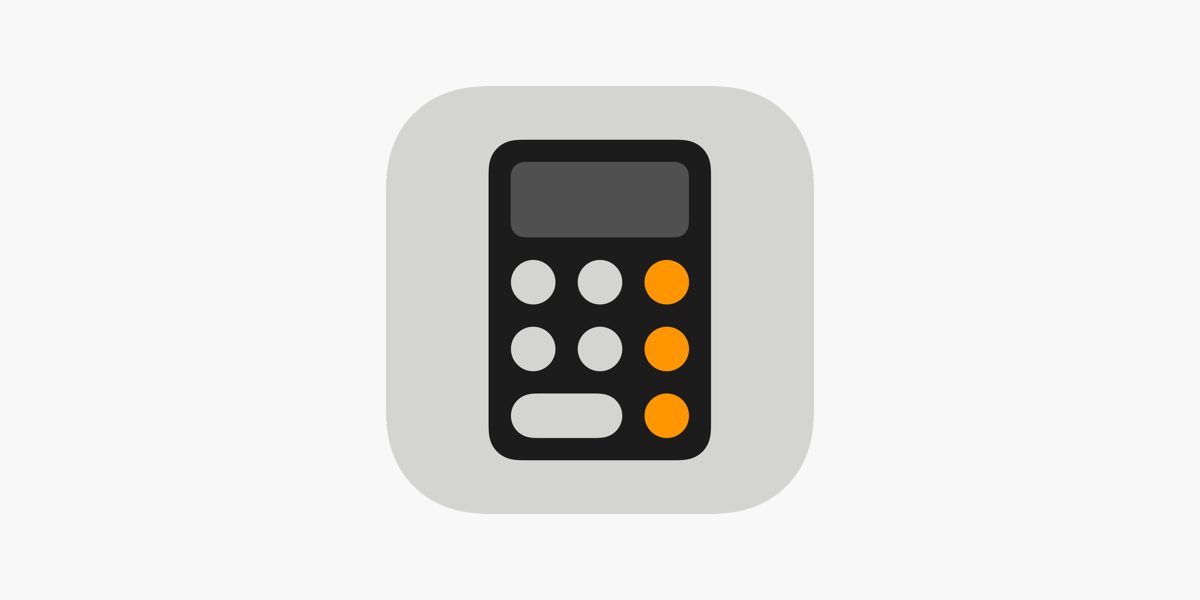
Google to Delete Inactive Accounts: How to Keep Yours Active

In a bid to improve user security, Google has announced significant changes to its inactivity policy across all its products. Ruth Kricheli, VP of Product Management at Google, detailed the upcoming changes on Tuesday.
“We are committed to providing a safe and secure environment for our users,” Kricheli said. “However, inactive accounts often pose a security risk as they typically lack updated passwords or two-factor authentication, making them vulnerable to malicious activities.”
Google’s internal analysis has revealed that dormant accounts are ten times less likely to have two-step verification, which significantly increases their vulnerability. To mitigate this risk, the company will be setting a two-year inactivity limit on Google Accounts.
Starting later this year, Google says it “may” delete any account and its associated content that has not been used or signed in for at least two years. The content includes information within Google Workspace, such as Gmail, Docs, Drive, Meet, Calendar, as well as YouTube and Google Photos.
“This policy will only apply to personal Google Accounts,” Kricheli explained. “Accounts associated with organizations, schools, or businesses will not be affected. This move aligns with industry standards around data retention and account deletion and limits the duration of unused personal data storage.”
The implementation of the new policy will be gradual and careful, starting with accounts that were created but never utilized. Users will receive multiple notifications before the deletion of their accounts, with the first deletions not slated until December 2023.
Maintaining account activity is simple – users need only sign in to their Google Account at least once every two years. Actions such as reading or sending emails, using Google Drive, watching YouTube videos, or downloading an app on the Google Play Store all count towards account activity.
Users with active subscriptions, like Google One or a news publication, are also considered active and won’t be impacted by this policy. However, Google Photos users will need to specifically sign in every two years to keep their content safe.
Kricheli encouraged users to keep their recovery email up-to-date and utilize Google’s free tools to manage their accounts and backup their data. One of these tools is the Google Takeout feature, which allows users to download and export their data. The Inactive Account Manager, on the other hand, enables users to decide what happens to their account and data after up to 18 months of inactivity.
“Today’s update strengthens our commitment to account security and the privacy of our users,” Kricheli said. “We will continue to strive to keep your private information private.”
How to make sure your Google account won’t be deleted? Sign into your account of course. You can also double-check your Inactive Account Manager settings here, to ensure you are notified if and when Google will take action on your inactive account.

